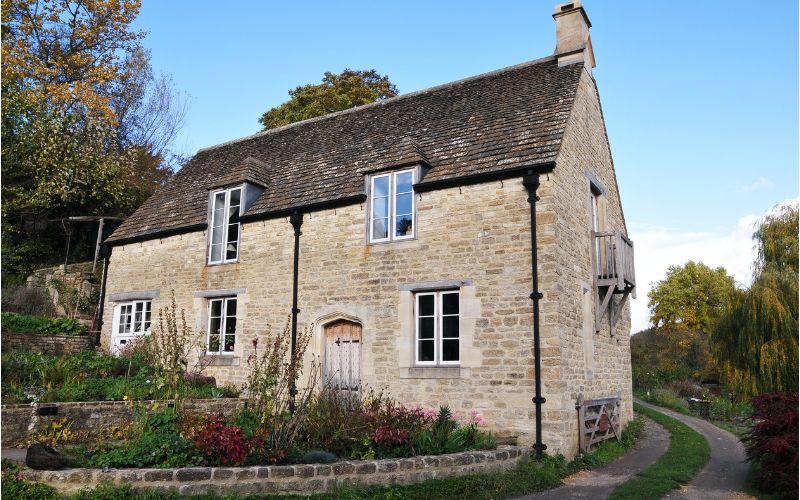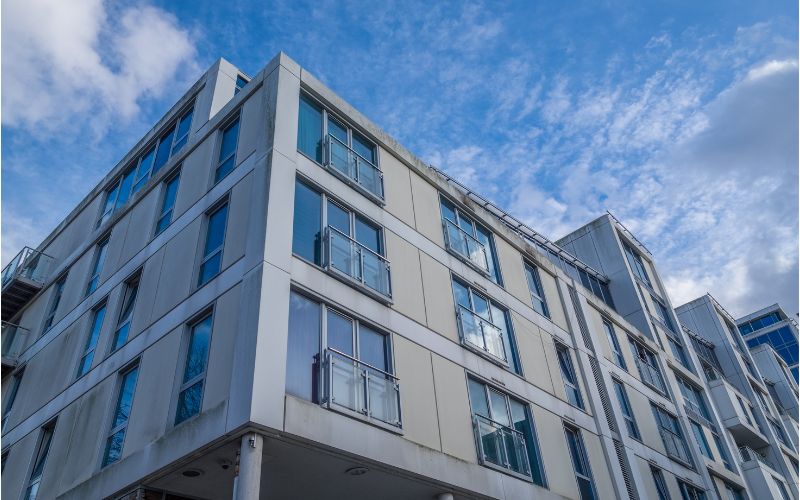When it comes to building and maintaining properties, Japanese knotweed can be a real pain. It pays to know what it is, how it affects your property and how to remedy it to avoid damage and cost to your property. Learn more about this plant in our quick guide to Japanese knotweed.
What is Japanese Knotweed?
Japanese knotweed was first discovered in the late 1700s and distributed by a Bavarian naturalist, Philipp Franz Balthasar von Siebold. It grows like wildfire, which is why it has become a household name. Once it’s found its way into a property, you can struggle to get rid of it.
Ironically, it was this trait that made it famous and popular across Europe from the mid 1800s as a means of forming dense screens or as an ornamental fodder plant. Gardeners in this era were enamored with secret gardens, and the Japanese knotweed grows at such a rate that it can build dense walls and garden dens with ease.
By 1854, knotweed specimens had arrived at the Royal Botanical Gardens of Kew and Edinburgh. And, unfortunately, by 1886, it was reported as becoming naturalised in the UK. By then, it was rife.
Why is Japanese Knotweed an Issue?
You might be thinking “what’s the problem with Japanese knotweed?”, but don’t be fooled. Whilst it is a pretty weed, its growth can be damaging to properties and it can be a real nuisance.
In its native Asia, the knotweed's growth can be kept in check by native species of insects and fungus which feed on the plant. But outside its natural habitat, the plant has no predators and is allowed to run wild. This is bad news for property owners - especially in urban areas.
Knotweed is a fearful enemy of houses. In springtime, shoots from the plant can rapidly reach two metres in height. The roots also grow very quickly, finding their way inside the cavity of houses, not to mention damaging fences, patios, chimneys and gardens.
Knotweed has been known to infiltrate up to two-storeys high and has affected iconic landmarks. In fact, the cost of removing knotweed from buildings at the London Olympics was £70 million!
How to remove Japanese Knotweed
If you’re looking after a property that has a knotweed problem there are a few things you can do. Firstly, spraying approved herbicides onto a knotweed outbreak can be effective. Though be warned that for Japanese knotweed you’ll have to re-spray multiple times. In fact, it usually takes 3 years to successfully treat Japanese Knotweed. This is to make sure that the underground rhizomes become dormant.
If you’re looking for an alternative method, Japanese Knotweed can be burned, though you’ll have to notify the environmental health officer at your local council. Japanese knotweed crowns and rhizomes may actually survive burning, so any remaining bio-material must be buried correctly off-site.
When burying this non-native invasive plant, it will have to be buried at a depth of at least 5 metres and covered with a material that does not allow the plant to grow through it (known as a root barrier membrane layer).
The best thing to do is check with the Environment Agency for proper regulations, as there are quite a few legal considerations surrounding knotweed...
Legal considerations around knotweed: an introduction
Knotweed outbreaks in properties should be taken very seriously. Under the Environmental Protection Act 1990 all Knotweed material is classed as controlled waste. It must therefore be disposed of at a licensed landfill site under codes of practice.
This and other statutory material can lead to criminal prosecutions. In cases between private landowners where Knotweed moves from one piece of land to another the relevant law is called ‘private nuisance’.
For example, in the case of Williams vs Network rail, Stephen Williams applied for an injunction from Network Rail to treat the Japanese Knotweed on their land and sue for damages. This was due to the interference the infestation of roots caused with the ‘quiet enjoyment of his bungalow’.
The judge refused to grant Network Rail grounds for an appeal. Let this be a lesson to us all - Japanese knotweed can be a very costly weed!
Disclaimer: Please note this article is for guidance purposes only and does not constitute legal advice.




